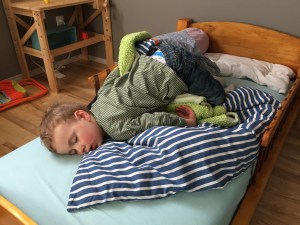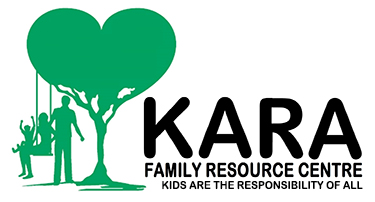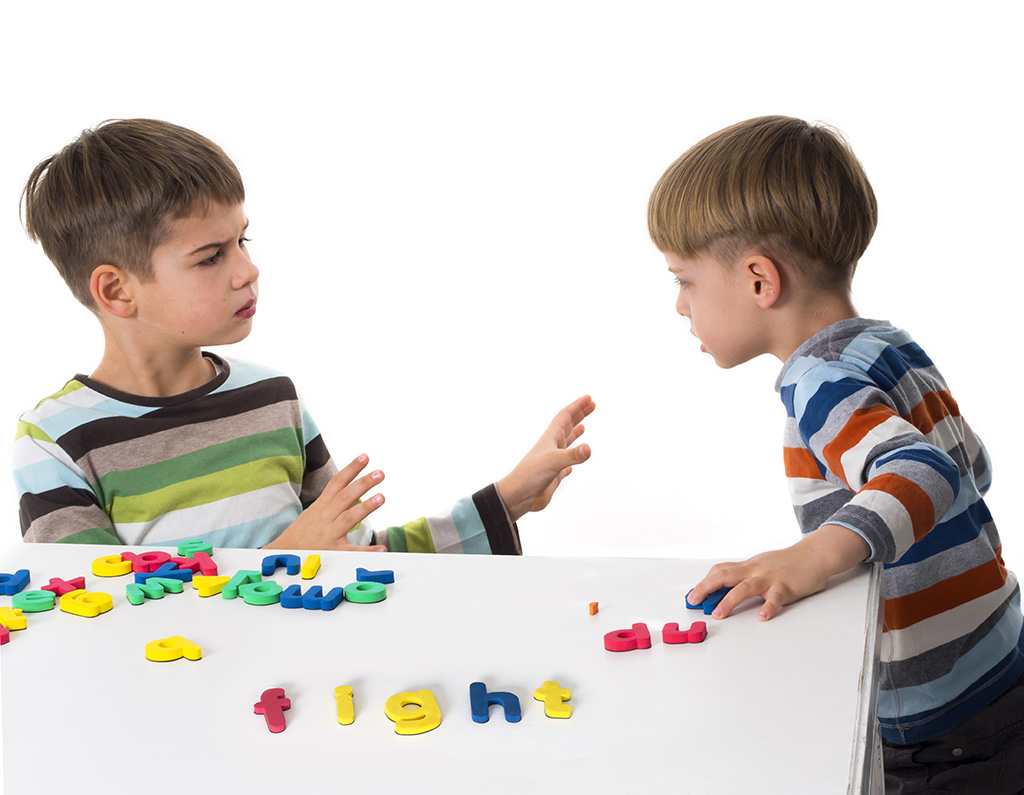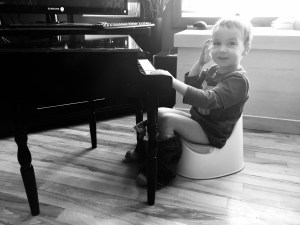
When I first started researching bedtime routines (I was probably halfway along in my first pregnancy) I found some pretty interesting information. I knew that my husband and I wanted to include reading (at least twenty minutes a night), bathing (who doesn’t want to wash and pamper a little newborn?), and cuddling up with a little tune (I was very excited for this part!).
So, I checked out the information at hand. What I learned through googling, reading Alberta Health Care books, and talking with friends and family, albeit informational, nowhere near provided me for the little Grizzly Bear I was about to bring home. The rest of my three years of parental insight came from plain, old, on-the-job, firsthand experience – something every parent should remember.
What I did learn through research provided me with two tidbits of information that were extremely helpful; don’t start any routine that you don’t want to continue doing until you have a teenager and don’t bathe your baby too often.
The first one made sense right away. I certainly didn’t want to complete an hour-long ritual for bedtime or deal with a tantrum every night I’m unable to complete the routine. The second one made sense to me, as I’d studied microbiology in college. It didn’t make sense to my husband, so I explained: the societal mentality on cleanliness eradicates necessary microbes from our bodies, leaving room for pathogens.
Simply put, if I wash my son every day, the little microbes that are on his skin, the good microbes that I introduced to him by birthing him, breastfeeding him, and kissing him, would be continually under attack from the bath time wash cloth, leaving them unable to battle for space against new, potentially harmful microbes. So, we limited baths to twice a week, one bath with soap, the other with water, and occasional ones whenever he was actually dirty. This also worked with our busy lifestyle, especially when we introduced our little Polar Bear into the mix, making life just that much busier.
On-the-job training, with no manager, supervisor, or foreman available for questioning, was a bit different. Obviously, we let our baby be a baby, we fed him when he woke, cuddled him continuously, and read to him occasionally.
When our baby became a toddler (one year, yay!) we were so excited to start doing the actual bedtime routine and have him SLEEP THROUGH THE
NIGHT. We did as we intended from the beginning, we read to him for twenty minutes, cuddled him while singing a short lullaby, and then plopped him in his crib with a few soft toys.
We didn’t do anything we didn’t want to do every night for the foreseeable future. We didn’t cuddle him until he fell asleep, we didn’t wait outside his room to listen to his snoring, and we didn’t give in to his demands (unless he cried for more than 20 minutes as directed by pediatricians). As Grizzly Bear
grew older and started climbing out of his crib, we moved him to a toddler bed.
He was afforded more toys and books to help him fall asleep. We learned quickly that only board books survived his curiosity and that skinny ones could be shoved under the door, making for interesting clean up in the morning. As he grew older still, his demands became more coherent and adorable than
the pitched crying we used to hear.
“Mommy, my teeth are still dirty, I need to brush them.”
“Mommy, I was crying because I wanted a drink.”
“Mommy, I just wanted to go with you to get a slurpilee.”
“Mommy, there’s a poop in there. And my feet are stinky.”
“Sweetie, Mommy has to sleep too you know.”
These demands were harder to ignore because we knew what favorite toy he was asking for, we knew which favorite cup he wanted to drink water from, we knew which book made him the happiest, etc. However, we also knew that he knew we would only come back once to do whatever task he needed, so he’d better pick a long and arduous one.
Bedtime routines, psychological warfare, whatever you want to call it, it’s a very precious time, especially for those parents that work or only see their kids for short periods of time. Even though I’m tired at the end of the day, I like reading my son his favorite book for the eighth time. But not the ninth, because Mommy needs to sleep too.


